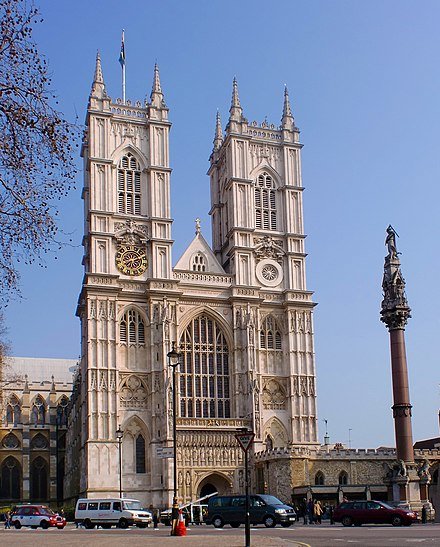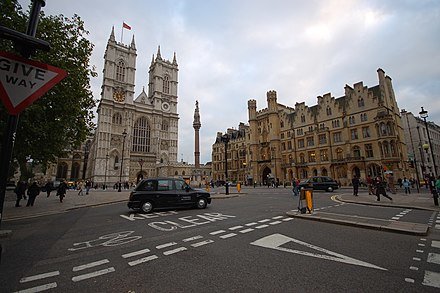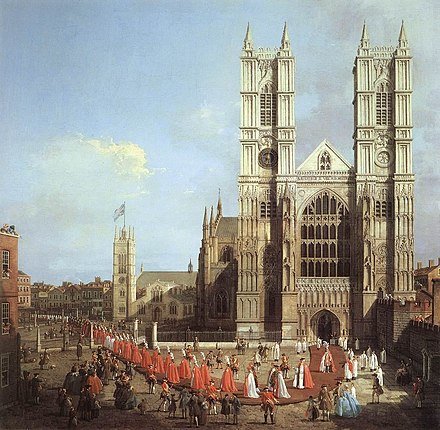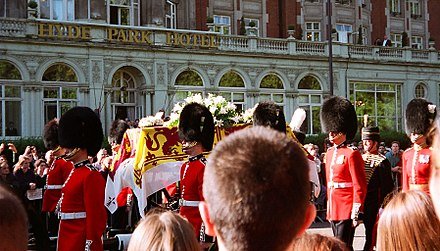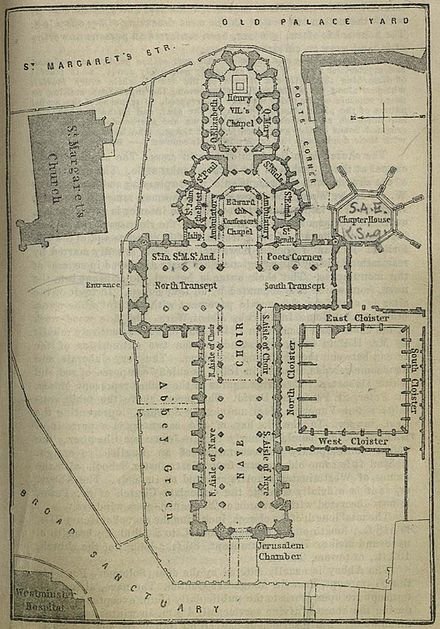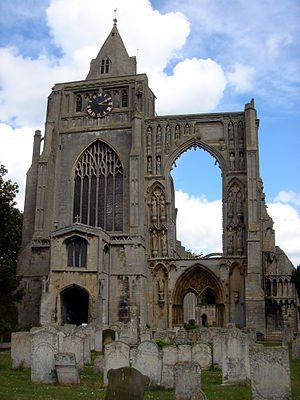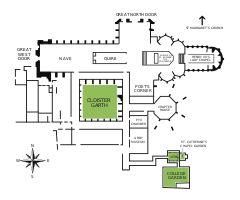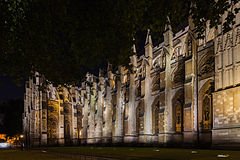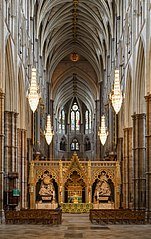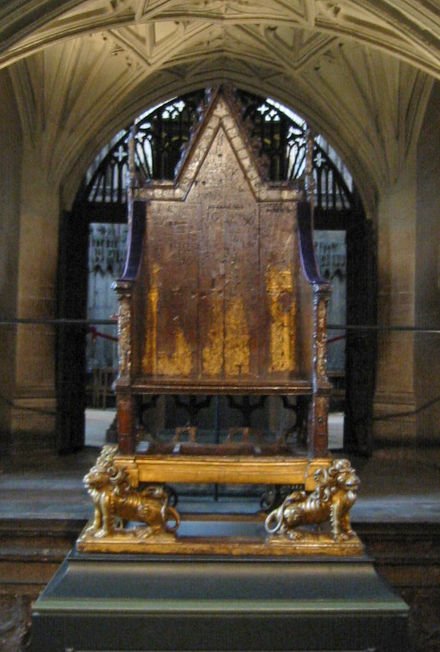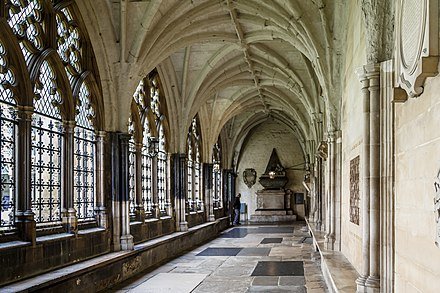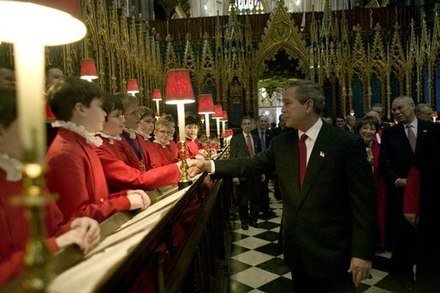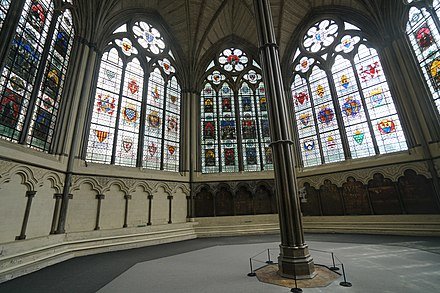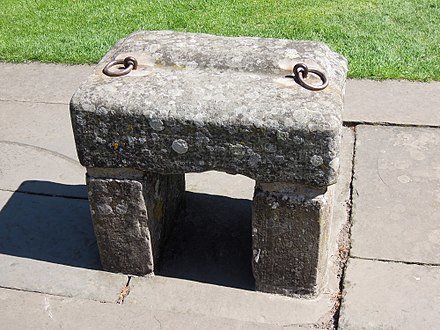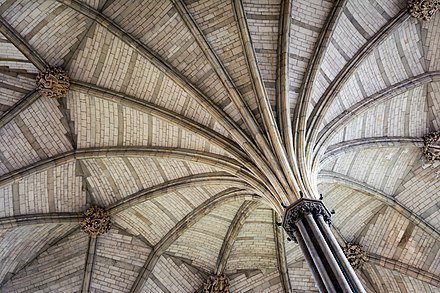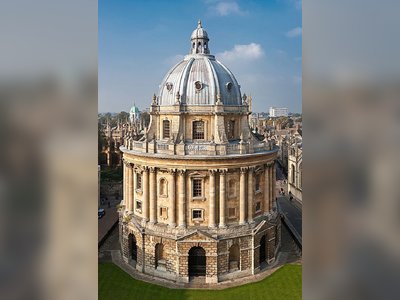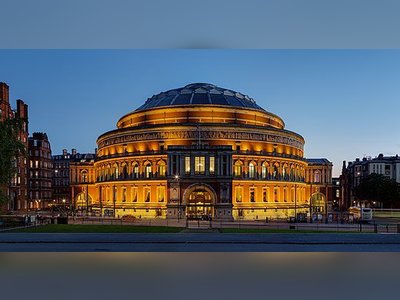British Heritage
Remember, Cherish, Learn.
beta
Westminster Abbey
Contribution of Westminster Abbey to British Heritage.
Westminster Abbey, formally known as the Collegiate Church of Saint Peter at Westminster, holds an eminent position in British heritage and plays a significant role in the country's history. As one of the United Kingdom's most remarkable religious buildings, the abbey has served as the traditional venue for coronations and the final resting place for numerous English and British monarchs. Its rich legacy, dating back to its foundation in the seventh century, showcases its importance as a center of power, spirituality, and cultural significance.
The roots of Westminster Abbey can be traced back to the seventh century when a church was founded on the site, known as Thorn Ey (Thorn Island). It was during the reign of King Henry III that the construction of the present church commenced in 1245. Initially a Catholic Benedictine monastic church, the abbey underwent various changes due to historical events, such as the dissolution of the monastery in 1539 and King Henry VIII's establishment of the Church of England "Royal Peculiar" in 1560. These transitions reflect the complex religious and political landscape of the time.
The abbey's proximity to the Palace of Westminster, the seat of government from the 13th century onwards, cemented its influence, with the Abbot of Westminster gaining significant political and social prominence. It became a powerful institution with connections to the upper class during the High and Late Middle Ages, actively involved in both spiritual and secular affairs.
1. Coronations and Royal Weddings
Since the coronation of William the Conqueror in 1066, Westminster Abbey has been the site of all English and British monarchs' coronations, except for Edward V and Edward VIII, who were not crowned. This unbroken tradition of coronations reflects the abbey's symbolic significance as the sacred place where rulers receive their divine authority to govern the kingdom.
Furthermore, the abbey has witnessed sixteen royal weddings since 1100, adding to its role as a place of historical and ceremonial importance in British heritage. These ceremonies, marked by grandeur and tradition, further reinforce the abbey's central role in the nation's cultural and social fabric.
2. Burial Site of Prominent Figures
Westminster Abbey serves as the burial site for over 3,300 notable figures, making it a veritable "Britain's Valhalla," a place of eternal rest for prominent personalities in British history. Among those buried within its hallowed walls are at least 16 monarchs, eight Prime Ministers, poets laureate, actors, scientists, military leaders, and the Unknown Warrior.
Monarchs like Henry III and Edward the Confessor found their final resting place within its precincts, while other influential figures, such as Charles Darwin and Stephen Hawking, have also been interred in the abbey. This diverse array of burials contributes to the abbey's status as a living record of the nation's past, commemorating the achievements and contributions of its most illustrious citizens.
3. Architectural and Artistic Significance
Westminster Abbey's architecture, primarily Gothic in style, represents a remarkable example of medieval craftsmanship and design. The building's intricate carvings, stained glass windows, and vaulted ceilings demonstrate the artistic skill and ingenuity of the craftsmen who worked on its construction over the centuries. Architectural additions, such as the western towers designed by Nicholas Hawksmoor and the Henry VII Chapel in Perpendicular style, further enhance the abbey's cultural and artistic heritage.
Additionally, the abbey's collection of monuments, memorials, and funerary monuments provide a visual record of British history, celebrating the lives and achievements of the individuals interred within its walls.
4. Literary and Musical Connections
Westminster Abbey has long been associated with literature and music, with its renowned choral tradition attracting visitors from around the world. The Poets' Corner, featuring memorials and burials of esteemed writers and poets, has become a symbol of literary excellence and creative inspiration. Iconic literary figures such as Geoffrey Chaucer, Charles Dickens, and William Shakespeare are honored here, contributing to the abbey's status as a haven for literary heritage.
Musically, the abbey's organ, crafted by Harrison & Harrison in 1937 and enlarged in later years, has played a pivotal role in the performance of Anglican church music. It has been used for significant events, including the coronation of King George VI, and continues to enrich the choral tradition of the abbey.
Throughout its long and illustrious history, Westminster Abbey has remained a symbol of continuity, resilience, and national identity. Its success lies in its ability to adapt to changing times, preserving its cultural and religious significance while accommodating shifting political landscapes and religious practices.
The abbey's enduring appeal is evident in its status as one of the most visited landmarks in the United Kingdom, attracting millions of visitors each year who come to experience its grandeur, historical significance, and spiritual sanctity. Its iconic status is further elevated by its inclusion as a UNESCO World Heritage Site.
As a living testament to the nation's past, Westminster Abbey continues to play a central role in the commemoration of royal events, national celebrations, and cultural milestones. Its preservation, both as a place of worship and as a repository of British heritage, ensures that its legacy endures for future generations, perpetuating its importance as an integral part of Britain's historical and cultural identity.
History and Legacy
The roots of Westminster Abbey can be traced back to the seventh century when a church was founded on the site, known as Thorn Ey (Thorn Island). It was during the reign of King Henry III that the construction of the present church commenced in 1245. Initially a Catholic Benedictine monastic church, the abbey underwent various changes due to historical events, such as the dissolution of the monastery in 1539 and King Henry VIII's establishment of the Church of England "Royal Peculiar" in 1560. These transitions reflect the complex religious and political landscape of the time.
The abbey's proximity to the Palace of Westminster, the seat of government from the 13th century onwards, cemented its influence, with the Abbot of Westminster gaining significant political and social prominence. It became a powerful institution with connections to the upper class during the High and Late Middle Ages, actively involved in both spiritual and secular affairs.
Contribution to British Heritage
1. Coronations and Royal Weddings
Since the coronation of William the Conqueror in 1066, Westminster Abbey has been the site of all English and British monarchs' coronations, except for Edward V and Edward VIII, who were not crowned. This unbroken tradition of coronations reflects the abbey's symbolic significance as the sacred place where rulers receive their divine authority to govern the kingdom.
Furthermore, the abbey has witnessed sixteen royal weddings since 1100, adding to its role as a place of historical and ceremonial importance in British heritage. These ceremonies, marked by grandeur and tradition, further reinforce the abbey's central role in the nation's cultural and social fabric.
2. Burial Site of Prominent Figures
Westminster Abbey serves as the burial site for over 3,300 notable figures, making it a veritable "Britain's Valhalla," a place of eternal rest for prominent personalities in British history. Among those buried within its hallowed walls are at least 16 monarchs, eight Prime Ministers, poets laureate, actors, scientists, military leaders, and the Unknown Warrior.
Monarchs like Henry III and Edward the Confessor found their final resting place within its precincts, while other influential figures, such as Charles Darwin and Stephen Hawking, have also been interred in the abbey. This diverse array of burials contributes to the abbey's status as a living record of the nation's past, commemorating the achievements and contributions of its most illustrious citizens.
3. Architectural and Artistic Significance
Westminster Abbey's architecture, primarily Gothic in style, represents a remarkable example of medieval craftsmanship and design. The building's intricate carvings, stained glass windows, and vaulted ceilings demonstrate the artistic skill and ingenuity of the craftsmen who worked on its construction over the centuries. Architectural additions, such as the western towers designed by Nicholas Hawksmoor and the Henry VII Chapel in Perpendicular style, further enhance the abbey's cultural and artistic heritage.
Additionally, the abbey's collection of monuments, memorials, and funerary monuments provide a visual record of British history, celebrating the lives and achievements of the individuals interred within its walls.
4. Literary and Musical Connections
Westminster Abbey has long been associated with literature and music, with its renowned choral tradition attracting visitors from around the world. The Poets' Corner, featuring memorials and burials of esteemed writers and poets, has become a symbol of literary excellence and creative inspiration. Iconic literary figures such as Geoffrey Chaucer, Charles Dickens, and William Shakespeare are honored here, contributing to the abbey's status as a haven for literary heritage.
Musically, the abbey's organ, crafted by Harrison & Harrison in 1937 and enlarged in later years, has played a pivotal role in the performance of Anglican church music. It has been used for significant events, including the coronation of King George VI, and continues to enrich the choral tradition of the abbey.
Success and General Information
Throughout its long and illustrious history, Westminster Abbey has remained a symbol of continuity, resilience, and national identity. Its success lies in its ability to adapt to changing times, preserving its cultural and religious significance while accommodating shifting political landscapes and religious practices.
The abbey's enduring appeal is evident in its status as one of the most visited landmarks in the United Kingdom, attracting millions of visitors each year who come to experience its grandeur, historical significance, and spiritual sanctity. Its iconic status is further elevated by its inclusion as a UNESCO World Heritage Site.
As a living testament to the nation's past, Westminster Abbey continues to play a central role in the commemoration of royal events, national celebrations, and cultural milestones. Its preservation, both as a place of worship and as a repository of British heritage, ensures that its legacy endures for future generations, perpetuating its importance as an integral part of Britain's historical and cultural identity.
- Westminster Abbeyen.wikipedia.org
